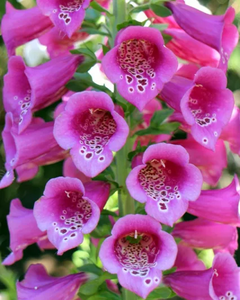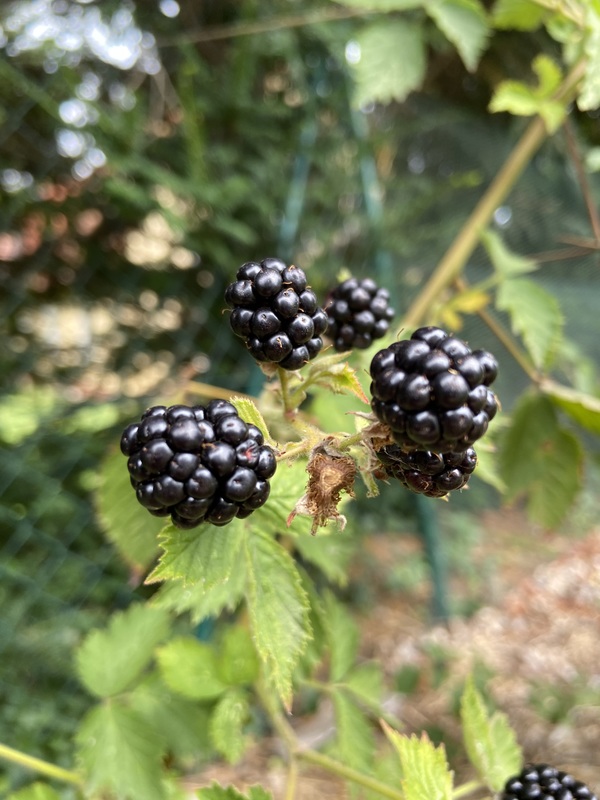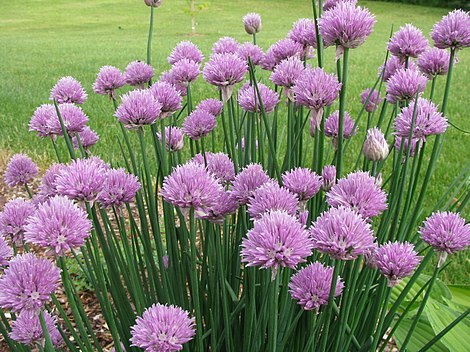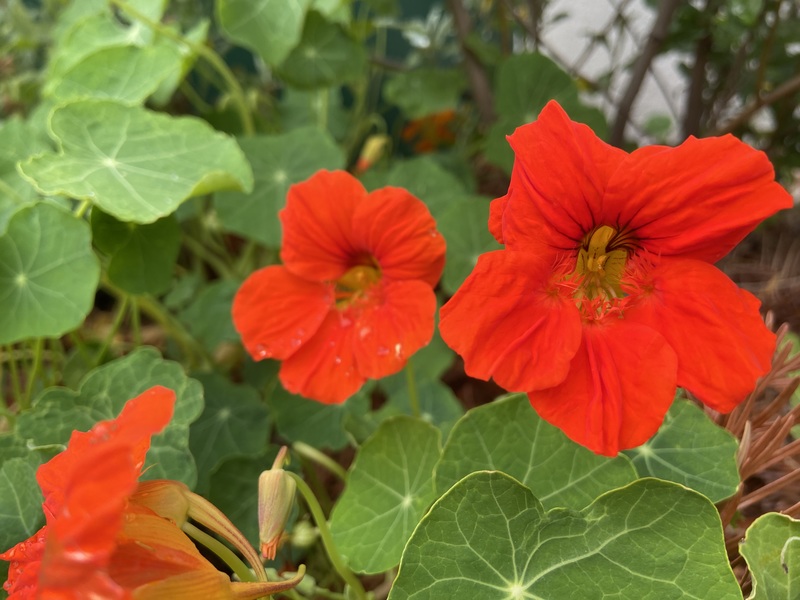Description
Foxglove (Digitalis purpurea) is a plant native to Europe, particularly in the British Isles and western parts of France. It is a biennial or short-lived perennial plant that can grow up to 1.5-2.5 meters in height. The plant has long, pointed leaves that are arranged in a rosette at the base of the stem. The stem is tall and sturdy, and bears long spikes of bell-shaped flowers in shades of pink, purple, white, or yellow. The plant prefers moist, well-drained soils and partial to full sun exposure.
To cultivate foxglove successfully, gardeners and farmers can sow the seeds in well-prepared soil in early spring. The plant can be grown from seed, but it can take several years for the plant to flower. Alternatively, foxglove can be propagated by dividing the root ball of an established plant in early spring or late fall. Once established, foxglove is relatively low maintenance, but it may require staking to support the tall, heavy stems.
Foxglove is not winter hardy and may die off in colder climates. In these areas, gardeners can dig up the root ball and store it in a cool, dry place over the winter, then replant it in the spring. In areas with mild winters, foxglove may be able to survive outdoors if protected with a layer of mulch.
Foxglove is not edible, and can be toxic if ingested in large amounts. The plant contains digitalis, a substance that is used in medicine to treat heart conditions, but it can be dangerous if taken in large doses.
Foxglove is valued for its attractive flowers and its usefulness in medicine. The plant can also provide food and shelter for pollinators, such as bees and butterflies. Some gardeners and farmers may also use foxglove as a border plant or for erosion control on slopes.





